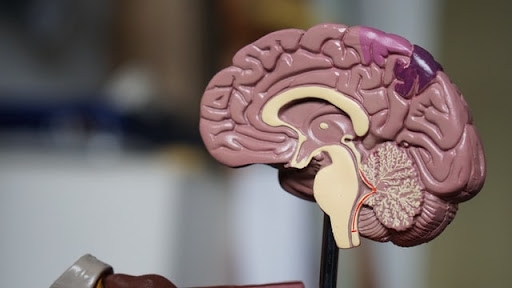Today, it might seem silly for someone to say that a question will never be solved by science. Think of all the progress that has been made over the last couple of centuries! Do you think anyone from 1950 could’ve imagined we’d all carry tiny computers in our pockets? Or would someone from 1800 ever dream that humans could live in a space station orbiting the Earth?
Scientific imagination is a tricky thing, and oftentimes, when a scientist believes a question to be unsolvable, or a theory unprovable, he or she will ultimately be proven wrong by future generations. Here are some examples of scientific questions and theories which were once thought to be “unprovable.”

1. The Existence of Gravitational Waves
You may remember gravitational waves appearing in the news a few years ago. Originally theorized in the 1800’s by James Clerk Maxwell, the concept of gravity inducing waves in a gravitational field became one of the building blocks of Einstein’s General Theory of Relativity. However, not all scientists were optimistic about our ability to prove the existence of such waves. In particular, a German physicist by the name of Gustav Mie said that such waves would be so weak that detecting them would be “unthinkable ever to detect by any means whatsoever.” (ScienceNews)
In 2015, gravitational waves were directly observed and measured for the first time using an extremely sensitive instrument called LIGO (Laser Interferometer Gravitational-Wave Observitory). LIGO was able to detect gravitational waves created by the collision of two black holes 1.3 billion years ago, ultimately vindicating Einstein and Maxwell’s theory and proving Mie wrong! (NASA)
2. Neuroscience
In the 1900’s an entire field of science, the field of neuroscience, was almost completely ruled out as a possibility by B.F. Skinner, who believed that the human brain was beyond study. Generations of psychologists would be convinced by Skinner’s rhetoric that it would be impossible to study the inner workings of the brain. The good news is that some physicists disagreed with Skinner and believed that we would eventually have the technology to observe how the human brain works, and in the 1970’s, the first brain-scanning technology would be invented. PET (positron emission tomography), developed by Michael Ter-Pogossian and his colleagues, was successful in monitoring brain activity, proving Skinner and hundreds of psychologists wrong.

3. The Observability of Atoms
Atoms are an ancient concept but observing them proved difficult due to their extremely small size. By the middle of the 1800’s, the majority of scientists had reached a consensus that atoms were real, but some scientists remained unconvinced. Quite famously, Ernst Mach, whom the speed of sound is named after, disputed the claim that atoms were the building blocks of matter. He, along with other scientists, believed that atoms could not exist because they were unobservable. According to Mach, chemists only believed in atoms because it was a convenient explanation for explaining certain chemical reactions. He stubbornly held this belief even after Einstein indirectly proved the existence of atoms in 1905. Today, we have powerful microscope technology that allows us to see atoms directly.
It’s easy to take for granted some of the scientific facts we know today, but every theory we commonly accept was once the subject of scrutiny and skepticism. It’s in the nature of science to examine claims closely, and sometimes not all scientists can agree on one conclusion. So the next time you hear about atoms or neuroscience, remember to appreciate the many scientists like Einstein who were ahead of their time and weren’t afraid to theorize and let their scientific imaginations run wild.
Written by: Matthew Jenkins
Date: May 3, 2022
Sources:
